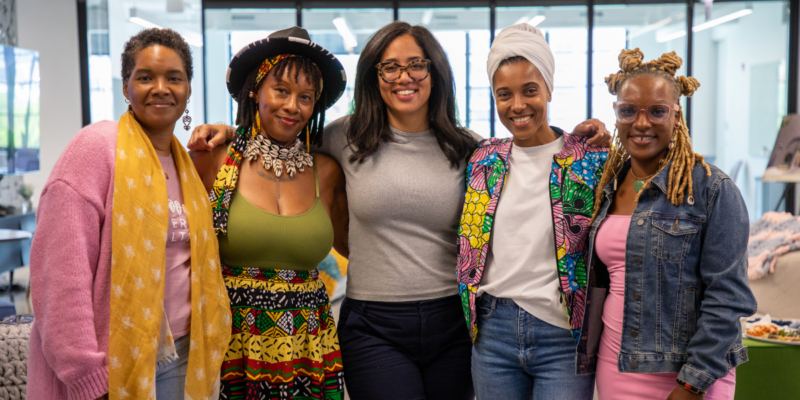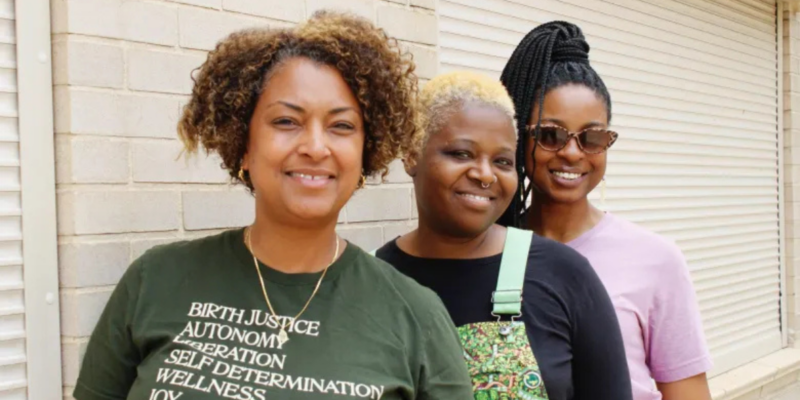Chicago Beyond, an impact investor fighting for youth equity, today launches Justice Initiatives, its newest line of work dedicated to systems-level change. To execute on the vision of Chicago Beyond’s justice-related work, Dr. Nneka Jones Tapia permanently joins the team as the Managing Director of Justice Initiatives. In this role, Dr. Jones Tapia, an experienced clinical psychologist, will lead Chicago Beyond’s justice reform strategy both in Chicago and nationally.
In 2018, Dr. Jones Tapia was named Chicago Beyond’s first-ever Leader in Residence through its Leadership Venture, a fellowship designed to drive systemic change by giving local leaders the platform and resources to leverage their expertise and skills to tackle significant challenges facing Chicago’s youth. Chicago Beyond’s Leadership Venture gives visionary individuals the runway and support they need to make their concepts a reality with no pre-determined plan.
During her residency, Dr. Jones Tapia’s work centered on transforming systems to become more trauma-informed for young people in Chicago. Her efforts led to a partnership with Chicago Public Schools that supported the school district in developing its healing-centered framework to address trauma holistically. Dr. Jones Tapia also led a partnership with the Cook County Sheriff’s Office to reimagine justice-involved family engagement and reduce the stigma and trauma that surrounds young people impacted by parental incarceration. The initiative has the potential to impact more than 80,000 children annually whose parents are experiencing incarceration in the Cook County Jail.
Dr. Jones Tapia was previously the warden of Cook County Jail and is known as one of the first psychologists in the nation to lead a correctional facility. During her tenure, Dr. Jones Tapia directed several bold strategies to promote wellness and reduce recidivism in the jail, which is often categorized as “the largest mental hospital in the country,” with 2,000+ incarcerated men and women diagnosed with mental illness on any given day. While serving as warden, and in partnership with other Cook County criminal justice system stakeholders, the jail’s population was reduced by approximately 20 percent.
“There is no better time than now to make a deliberate investment in justice work and I am thrilled to have Dr. Jones Tapia lead this crucial piece of Chicago Beyond’s vision. Her experience in clinical psychology and criminal justice systems will push us, our partners, our city, and our country to think critically about how we seek justice and how we can help heal communities impacted by trauma inflicted by various systems,” said Liz Dozier, Founder and CEO of Chicago Beyond.
“I’m honored for the opportunity to continue the fight for justice reform not only here in Chicago but nationally as well,” said Dr. Nneka Jones Tapia. “We have an opportunity to acknowledge the inherent harms that exist in the current justice system and the opportunity to make a significant investment in a different system of accountability with a foundation rooted in healing and safety. I look forward to the work ahead.”
Dr. Jones Tapia was previously a Senior Fellow with the University of Chicago Institute of Politics. She sits on the Executive Session on the Future of Justice Policy, as well as the executive boards of the Illinois Department of Corrections Advisory Board, the Illinois Association of Prescribing Psychologists Board, and the Mental Health America of Illinois Board. Dr. Jones Tapia earned her bachelor’s degree in psychology from the University of North Carolina at Chapel Hill, her master’s in clinical psychology from East Carolina University and her doctorate of psychology from the Virginia Consortium Program in Clinical Psychology.



